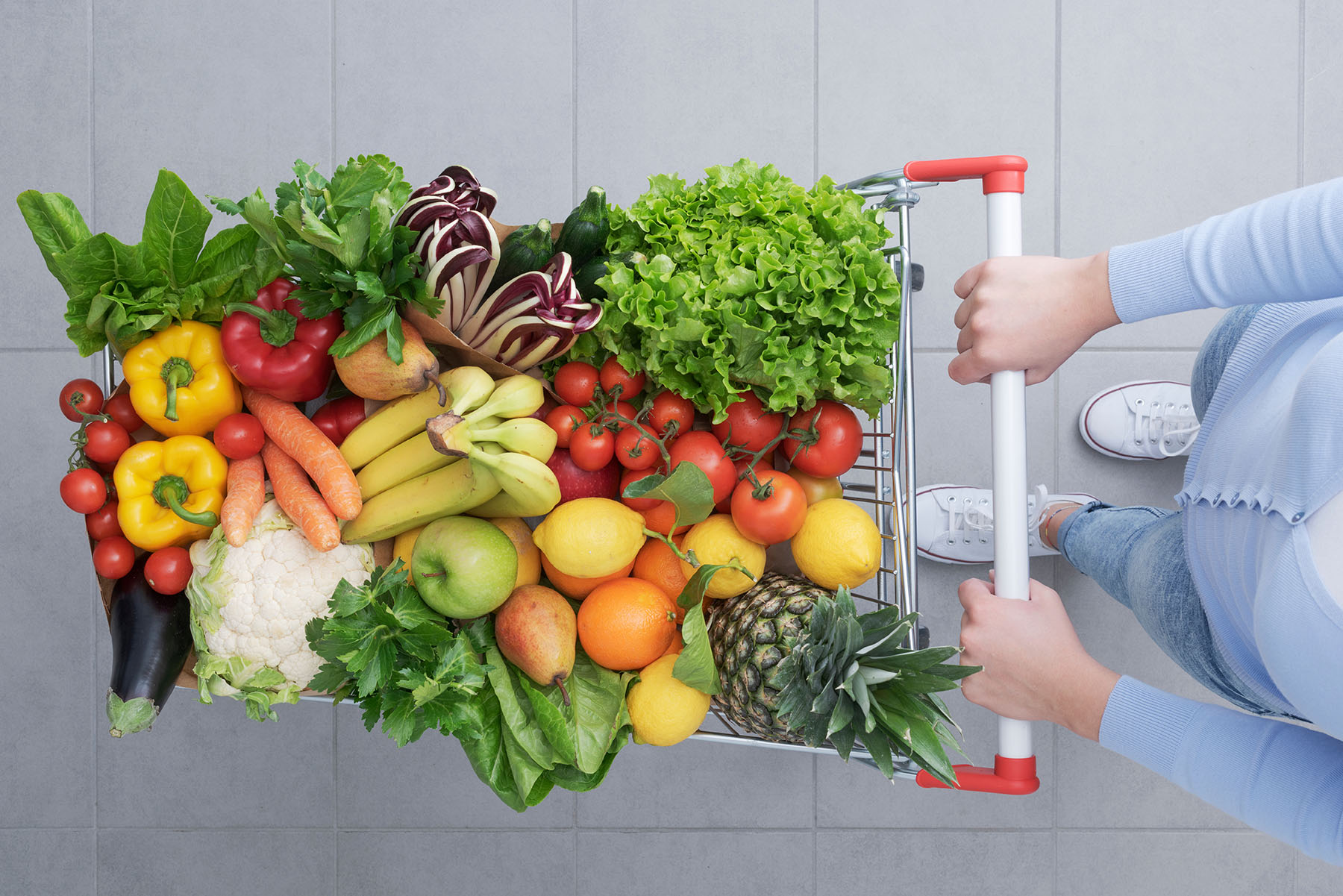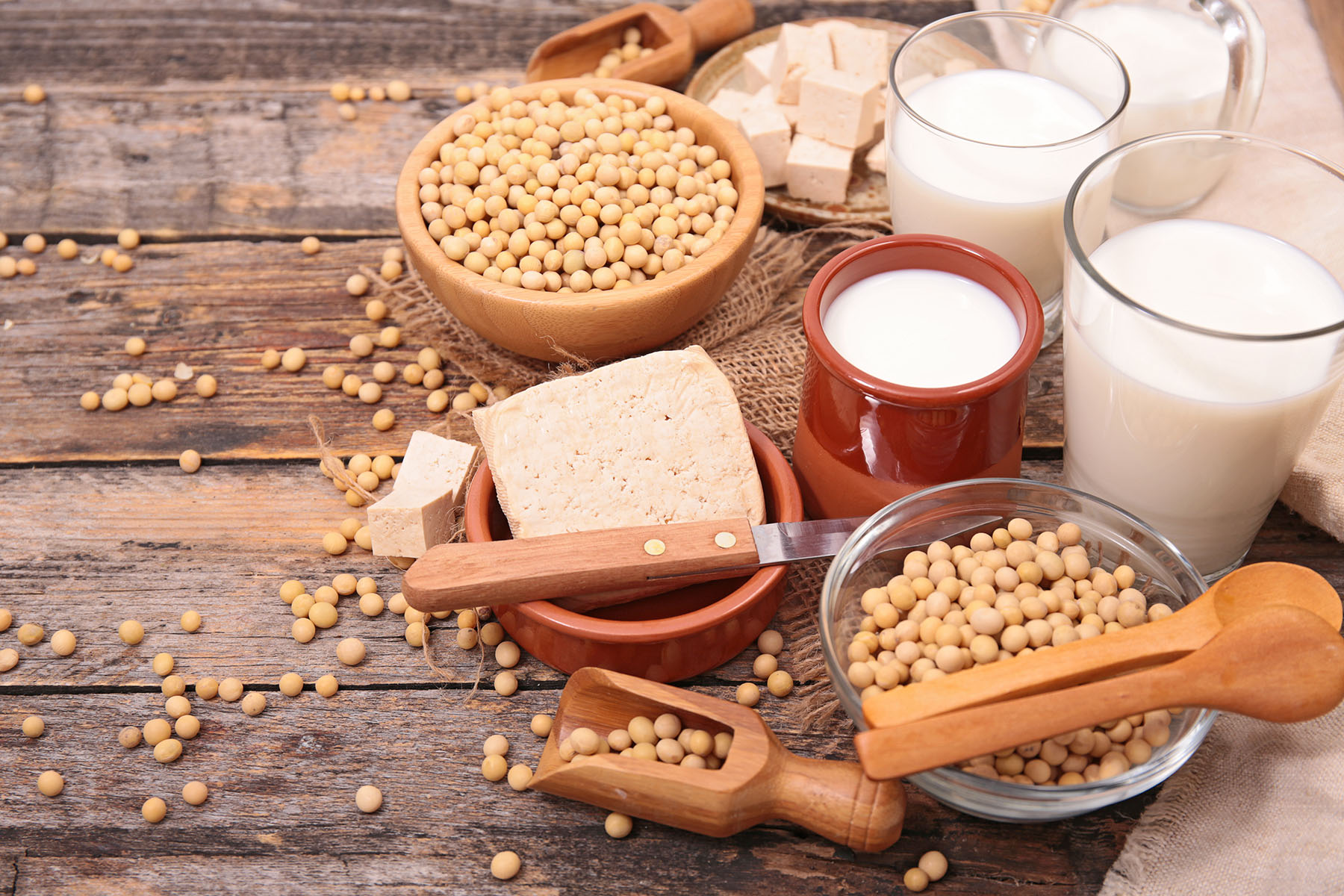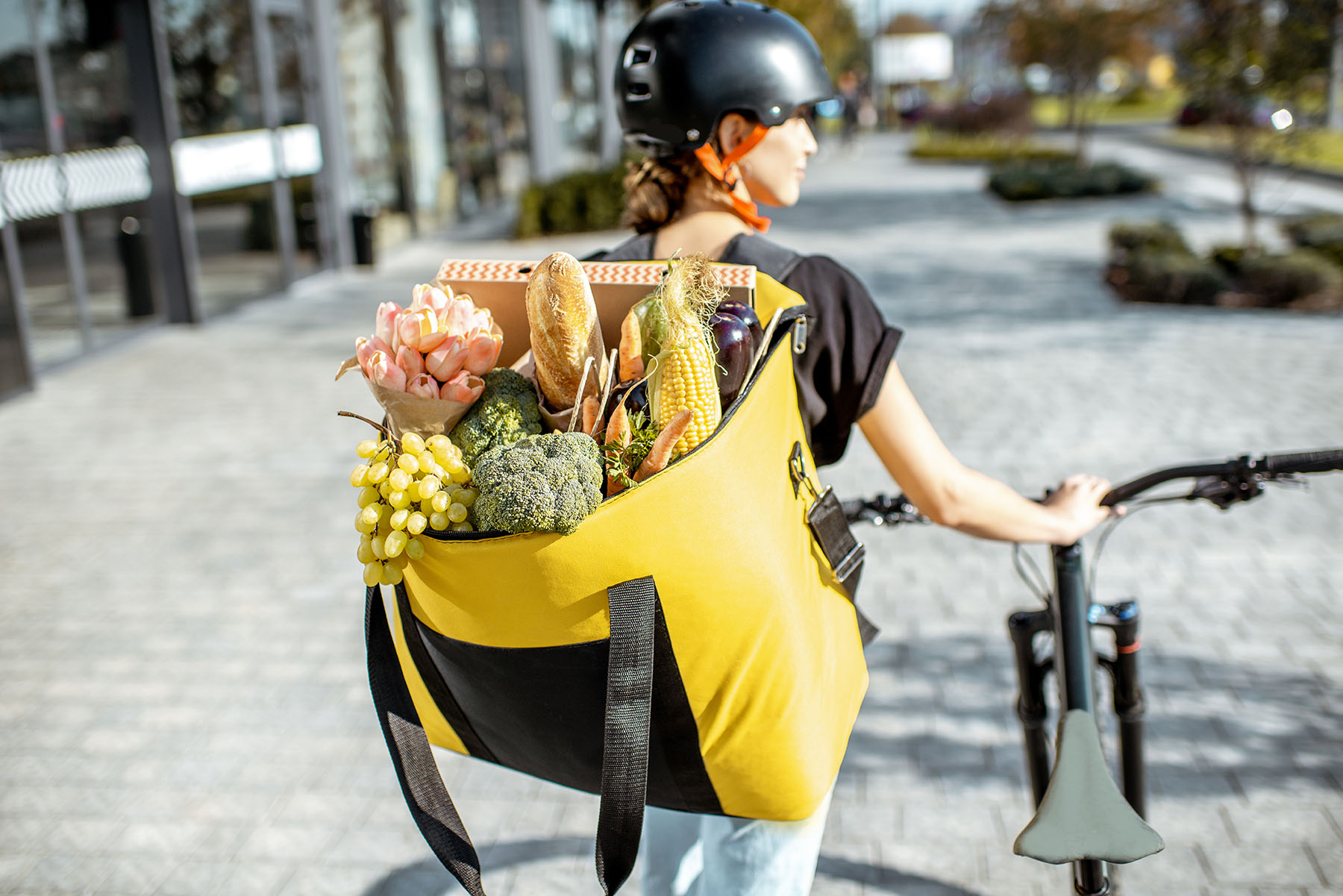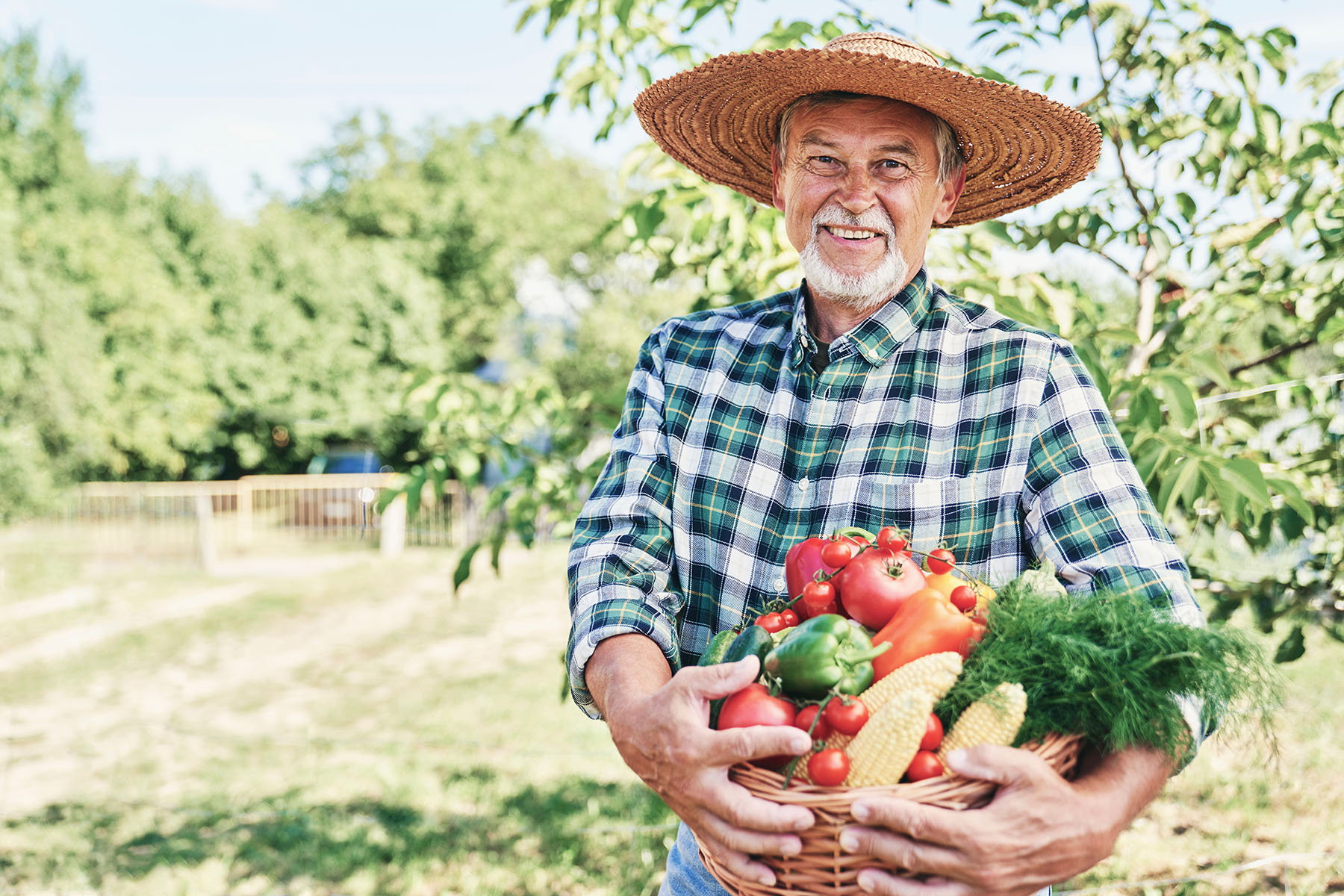Climate-friendly cooking: 10 tips on cooking climate-friendly recipes
Climate-friendly cooking is mainly about avoiding convenience products, using sustainable and seasonal ingredients, stopping food waste and choosing climate-friendly meat and dairy alternatives.

Tip 1: Use seasonal and regional produce
Buying seasonal and regional produce not only supports the local economy and helps to protect the environment but also gives you fresh, high-quality products at a fair price.
In many cases, you can also save money if you opt for seasonal and regional produce. They are usually cheaper than imported products because they come without any high shipping costs or other additional costs for importing them.


Tip 2: Avoid wasting food
This is how you can avoid wasting food:- Make sure you only buy as much as you actually need.
- Storing food in the proper way can help to make it last longer.
- Leftovers can be used to make other dishes.
- If you've overcooked, you can freeze food and eat it at a later date.
- There are now so many apps available that help prevent food waste, such as Too Good To Go, Olio or EteSync.
Tip 3: Choose climate-friendly meat and dairy alternatives
Climate-friendly meat and dairy alternatives help reduce environmental pollution, conserve resources, improve animal welfare and let you eat more healthily.
3 climate-friendly meat alternatives
- Tofu
- Seitan
- Lupin products
3 climate-friendly dairy alternatives
- Oat milk
- Almond milk
- Soy milk
3 climate-friendly alternatives for cheese
- Cashew cheese
- Almond cheese
- Oatmeal cheese


Tip 4: Use natural and sustainable ingredients
Using natural and sustainable ingredients can reduce all sorts of negative impacts on our environment. Producing processed foodstuffs, for instance, is often associated with causing high levels of greenhouse-gas emissions, consuming large quantities of water and using chemicals. In contrast, sustainably produced ingredients leave less of an impact on the environment, making them better for the world's climate. Added to this, we can also reduce the carbon footprint from shipping and support the local economy by making sure we use locally grown, seasonal produce in our cooking.
Tip 5: Avoid convenience food
Convenience food often involves the use of energy and water to process and package the raw materials. What's more, it often has to travel long distances to the point of sale, generating yet further greenhouse-gas emissions.
Tip 6: Use energy-efficient kitchen appliances
Energy-efficient kitchen appliances use less energy than conventional appliances, not only saving money but also cutting the impact they have on the environment. Using energy-efficient kitchen appliances saves both money and energy, letting you live a more sustainable lifestyle.


Tip 7: Choose climate-friendly food shipment options
Choosing climate-friendly shipping options can help reduce your impact on the environment and minimise your carbon footprint:
- Place a preference on regional and seasonal produce
- Choose sustainable delivery options when ordering food.
- Use your bicycle or public transport for the small food shop in between.
- Think about sharing car journeys for major food shops.
- Avoid food flown in by air as this produces huge greenhouse-gas emission levels over other forms of transportation.
Tip 8: Use organic and Fairtrade food
Organic and Fairtrade food is better for the environment because it is grown and produced on a sustainable basis. Not using synthetic pesticides and fertilisers in organic farming improves soil quality and fosters biodiversity. Fairtrade products also help to ensure fair pay and decent working conditions both for producers and workers.
Tip 9: Get savvy about food's carbon footprint
Several sources provide information on the carbon footprint food leaves behind. These are some of them:- Food traffic light
- Apps, such as CodeCheck
- Labels and certificates, like the Biotrade, Fairtrade and MSC label
- Various websites and databases are out there, providing information on the impact food has on the environment, such as the Eaternity Institute or the Open Food Facts database.


Tip 10: Support local farmers and producers
This is how you can support local farmers and producers:
- Go to a street market or farm shop near you.
- Subscribe to CSA: CSA (Community Supported Agriculture) is a programme that lets you subscribe to produce directly from a local farm. Once a week or month, you then get a delivery of seasonal produce that comes directly from the farm.
- Many local grocery shops offer products from local farmers and producers.
- In some regions you will also find cooperatives where several farms join up and sell their produce on a joint platform.
Climate-friendly cooking comes with all sorts of benefits
Climate-friendly cooking produces a wealth of benefits to the environment, the economy and society. It's all about making more conscious choices when selecting ingredients and kitchen appliances to reduce our carbon footprint and lessen the impact we have on the environment.
We attach immense importance to sustainability! You'll find more information on making your kitchen and cuisine as climate-friendly as possible in our Nolte blog.
Carbon foodprint:
The carbon foodprint (also called the CO2 footprint left that food leaves behind) refers to the total amount of greenhouse-gas emissions emitted during the entire life cycle of food – from production and transportation to processing, storage and consumption. This includes the emissions of CO2, methane and nitrous oxide resulting from growing crops, livestock farming, transporting and processing food. The carbon foodprint is a key indicator of the effect our eating habits have on the environmental and climate, and helps to understand and reduce the impact our diet has on climate change.
